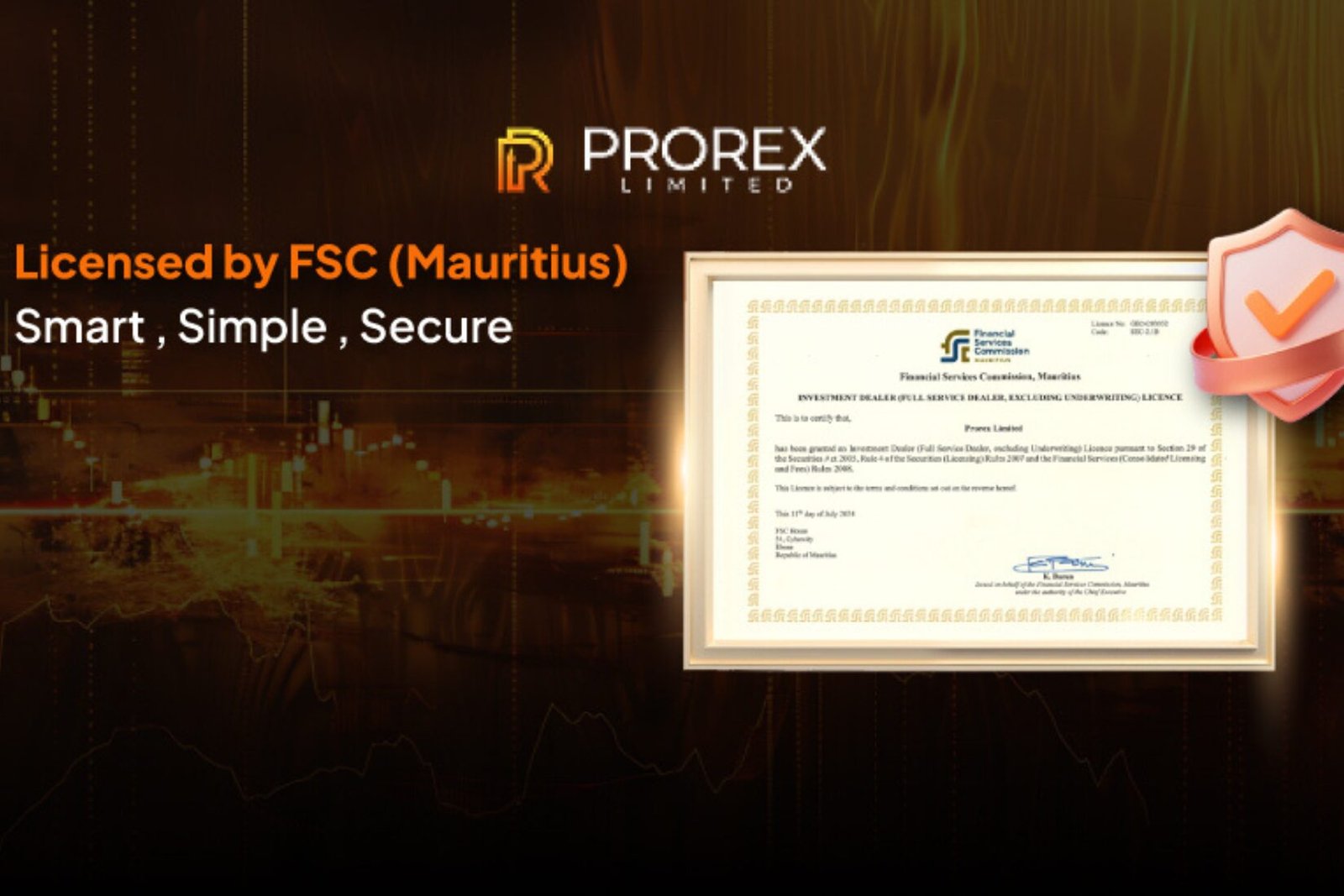What Is Whitelist? Pros & Cons Breakdown for 2025
The term “whitelist” gets tossed around a lot these days, especially if you’re dabbling in tech, NFTs, email marketing—or really, anything online. But what is whitelist, exactly?
Put simply, a whitelist is a curated list of trusted individuals, email addresses, devices, or accounts that are granted special access, early entry, or permission to do something others can’t. It’s like an all-access pass—if your name’s on it, you’re in.
But here’s the twist: whitelists aren’t always as straightforward—or as helpful—as they seem. Let’s unpack the pros and cons so you can decide whether getting on one is worth your time.
The Pros of Whitelisting


Let’s start with the good stuff.
1. Early Access = Big Advantage
In NFT drops, crypto sales, or beta software launches, being on a whitelist can mean snagging a deal before the public rushes in. Sometimes you even get better pricing. Kinda like being the first to hit a sample sale before the crowds show up.
2. Stronger Security Filters
In cybersecurity, whitelists help prevent spam and unauthorized software from sneaking in. It’s like saying, “Only these known players can come in—everyone else, stay out.” That means fewer surprises and more control.
3. Streamlined Operations
From business IT setups to email systems, using a whitelist helps simplify things. You’re not scanning everything—you’re only letting in what’s already approved. It’s efficient, and sometimes that’s gold.
4. Builds Trust in Communities
Especially in Web3 and digital projects, having a whitelist lets creators reward loyal supporters. It’s a way to say, “Hey, thanks for showing up early—you get something extra.”
The Cons of Whitelisting


Now, the not-so-pretty side of things.
1. Can Feel Elitist or Exclusionary
Not everyone loves the idea of gated access. Some say whitelists create artificial hype, or worse, favor insiders while locking out newcomers. Fair point, right?
2. Not Always Transparent
Let’s be real—sometimes you don’t even know how to get whitelisted. Or the criteria change mid-way. That uncertainty can be frustrating, especially if you’re putting in effort and getting ghosted by the process.
3. Adds Complexity
In some tech environments, maintaining whitelists can actually make things harder. Think frequent updates, misconfigurations, or good guys getting blocked by mistake. So yeah, it’s not always smooth sailing.
4. Can Be Abused
If the wrong people are managing a whitelist (or doing it for the wrong reasons), it can lead to unfair access or manipulation. That’s especially true in tight-knit crypto groups or speculative launches.
Should You Try to Get Whitelisted?

It depends—maybe.
If you’re in marketing, gaming, tech, or Web3, then yeah, keeping an eye out for whitelist opportunities might give you a real edge. You might get ahead of a trend or just avoid unnecessary friction.
But also? Be cautious. Make sure the whitelist is legit, and don’t waste time on shady or vague ones with no clear benefit.
How to Get on a Whitelist: Some Tips That (Mostly) Work

1. Be Early, Be Loud
Especially in community-based launches, early supporters often get rewarded. Engage in forums, join Discord servers, and actually talk to people. Simple, but oddly effective.
2. Follow Directions
If there’s a whitelist form or rules? Read it. Sounds obvious, but plenty of folks skip this step and miss out.
3. Show You’re a Real One
Whether it’s Twitter engagement, GitHub commits, or sending quality emails, being legit helps. No one wants to whitelist a spammer or someone who’s clearly in it for a fast flip.
4. Stay Informed
Follow creators, product launches, or platform updates. Some whitelist opportunities only last a few hours—blink and you’ll miss it.
Final Thoughts: What Is Whitelist and Is It Worth It?
At its best, a whitelist gives you access, security, and a little VIP treatment in a noisy digital world. At its worst, it creates walls, confusion, and the feeling of being left out.
So, what is whitelist in 2025? It’s still a gatekeeper—but one that can help or hurt, depending on how it’s used and who’s in charge of the gate.
Approach whitelists with curiosity, not blind faith. Some are worth chasing. Others? Maybe just background noise.
Relevant news: What Is a Whitelist and Why Everyone’s Talking About It




